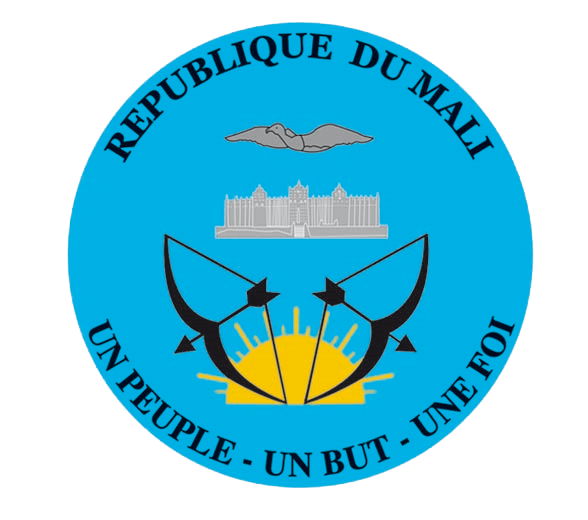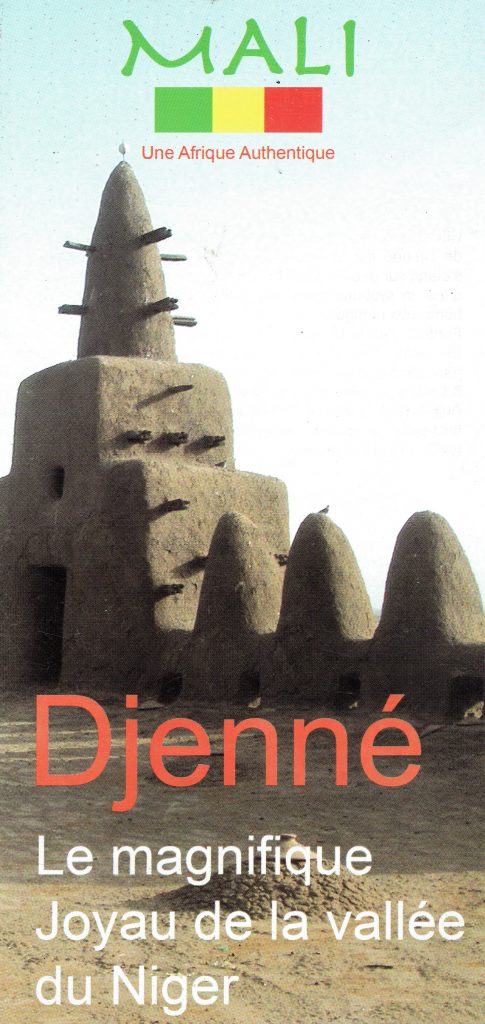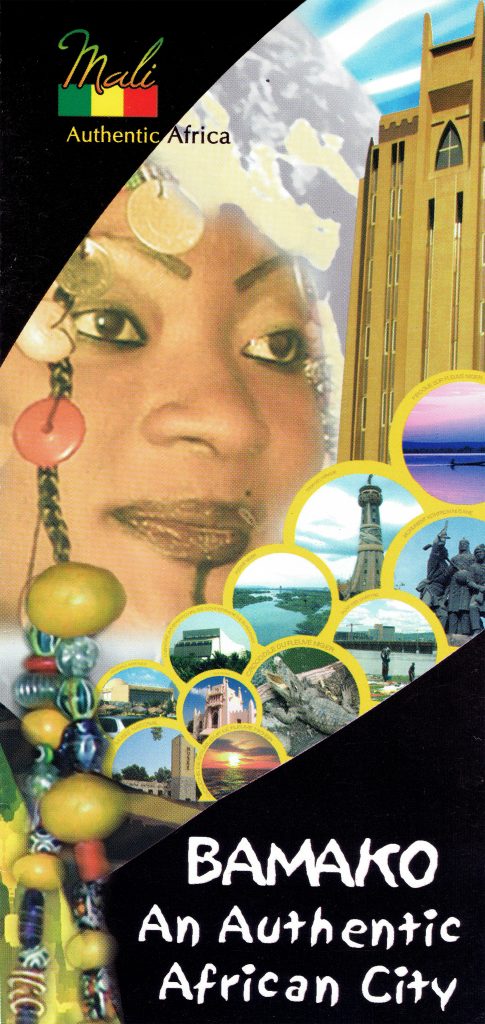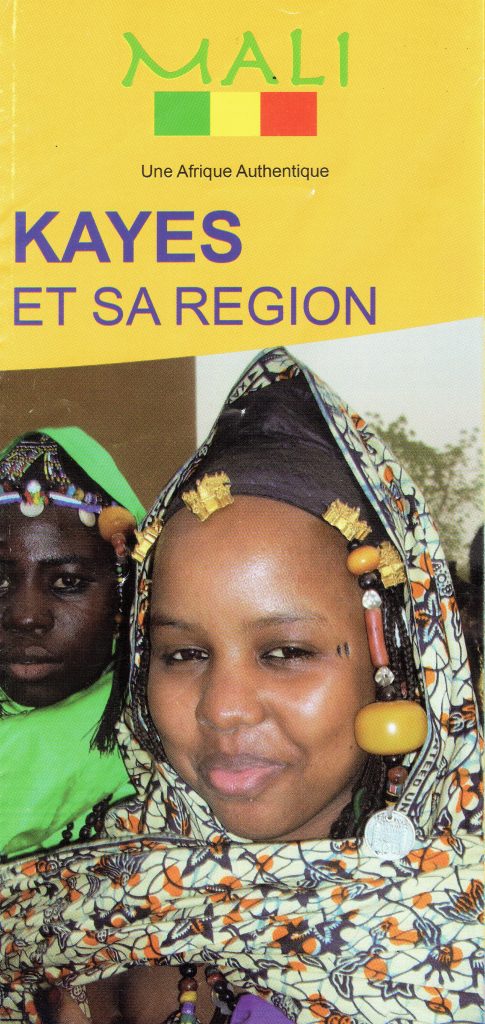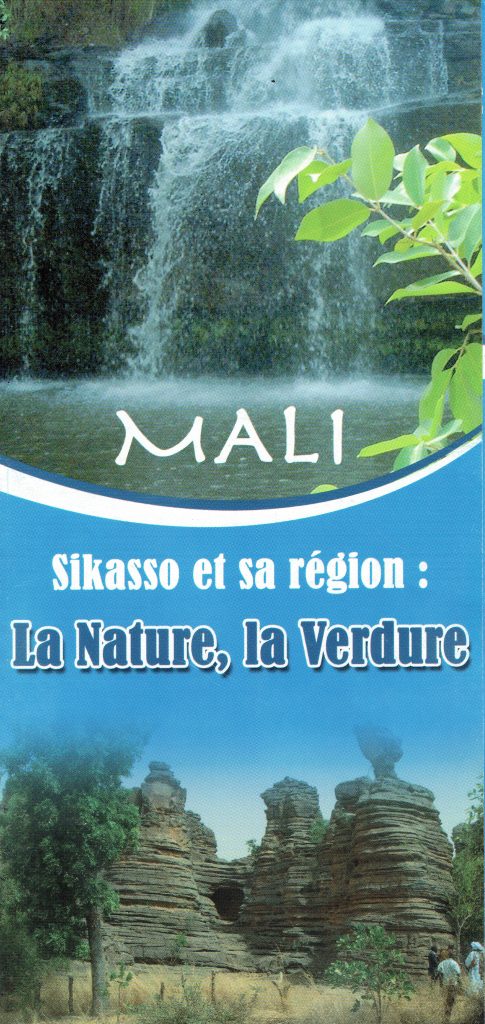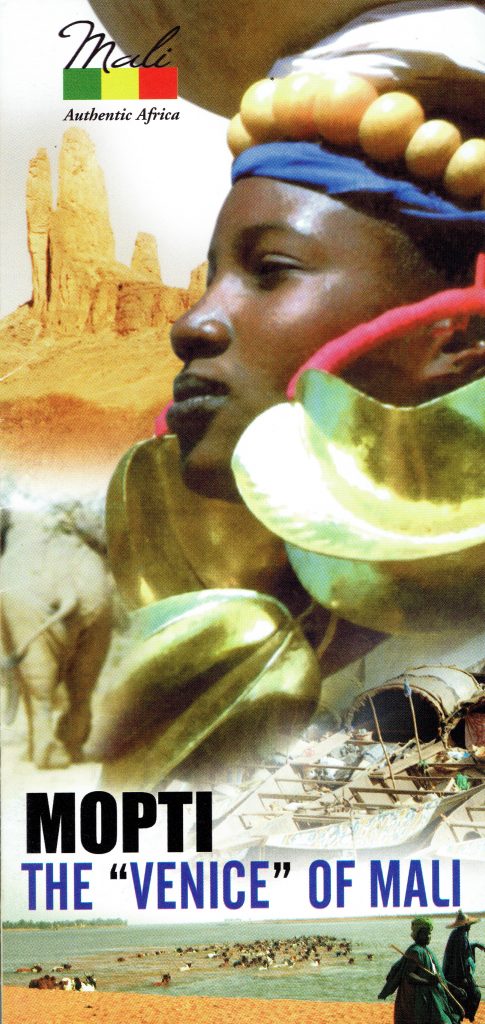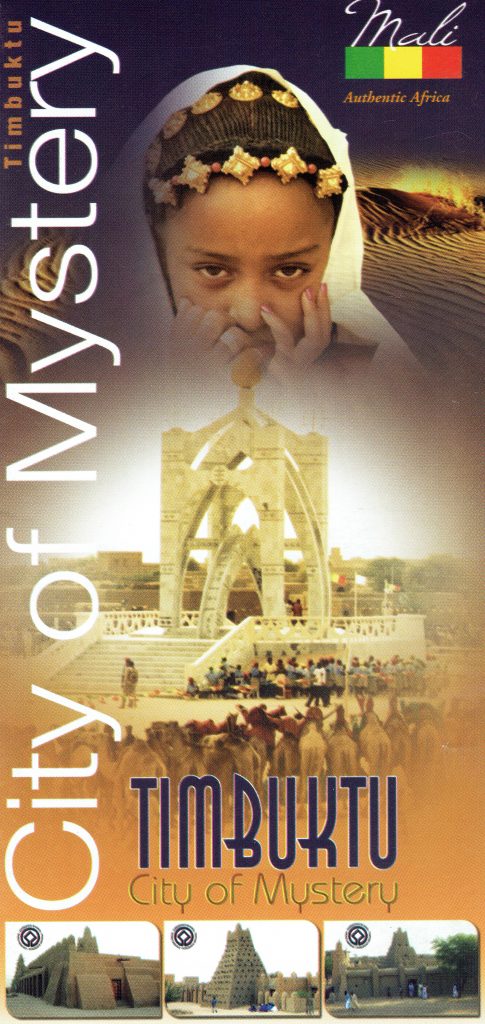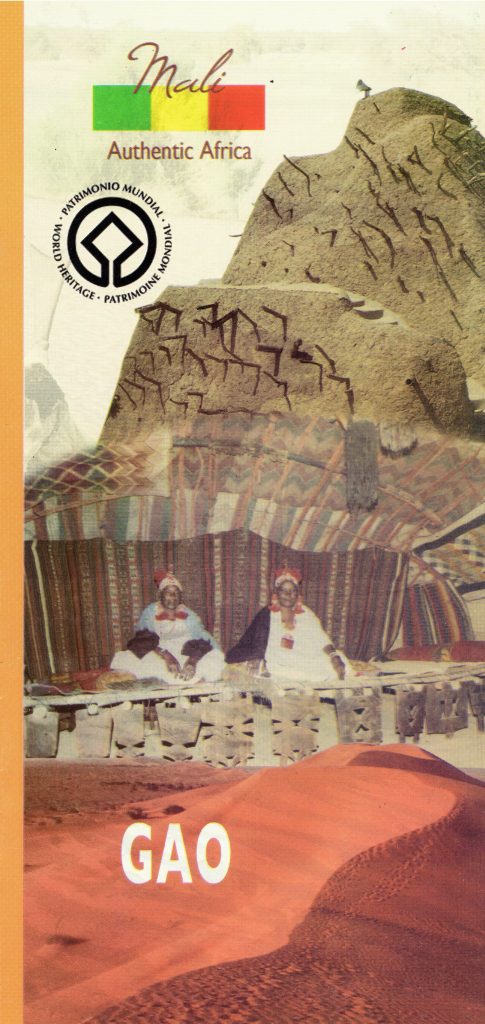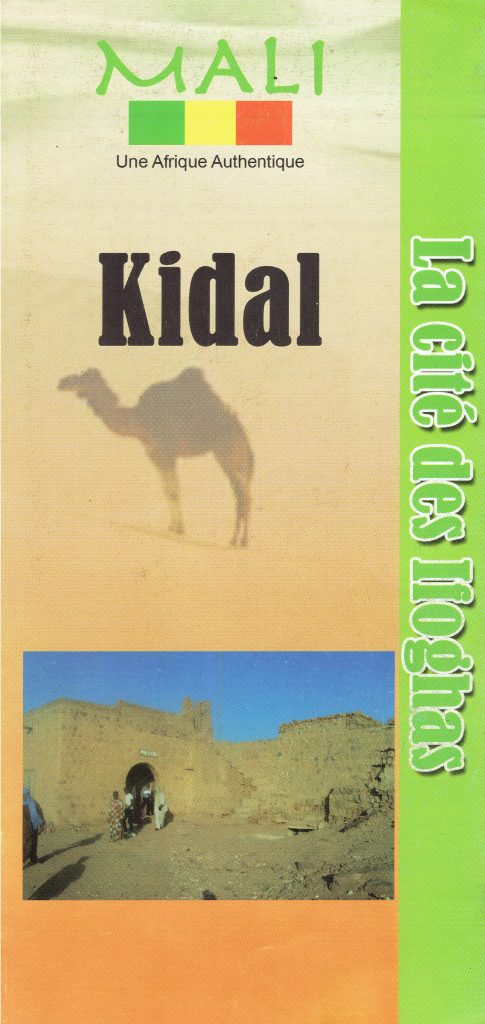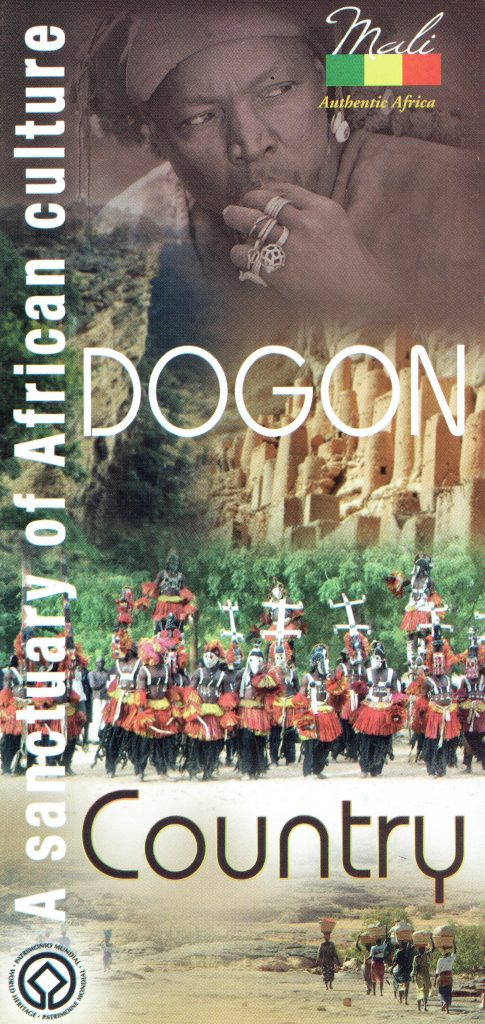Tourism

Mali boasts a very rich and diverse cultural, natural and historical heritage. Among the touristic attractions in Mali are 5 United Nations Education, Scientific and Cultural Organization (UNESCO) World Heritage sites. Mali has the second most attractive World Heritage sites in West Africa. The high touristic season is from October to March, but Mali can be visited any season.
The main tourist attractions in Mali are, among others:
- 4 WORLD HERITAGE SITES:
-TIMBUKTU, THE CITY OF 333 SAINTS:
Timbuktu, like Djenne, was an ancient city of learning and trade through the 10th and 13th Centuries, during the Empires of Mali and Songhaï. It was once the intellectual and spiritual capital and a center for the propagation of Islam throughout Africa.
Timbuktu reached its heyday at the time of Mansa Musa, when he came back from Mecca in 1324. He gave 40 000 mithquals (170 kg) of gold to the architect from Andalou, Abu Ishaq Al Sahili Al Touwaïdjin, to build the mosque of Djingarey Ber.
Timbukuta hosted and rewarded the great intellectuals of Islam and humanity at the XV and XVI Centuries, famous writers, thinkers and jurisconsults as Ahmed Baba or Mahamud Bagayoko. Timbuktu was marked by Mansa Musa, Soni Ali Ber, Askia Mohamed and chroniclers as Mahmud, or Jean Leon the African.
The Sankoré Mosque was built by a rich widow.
The Sidi Yéhia Mosque was built by a wealthy prince in the Eastern part of the city.
Timbuktu was registered as UNESCO World Heritage site in 1988 and one of the main tourist attractions in Mali.
–THE OLD TOWNS OF DJENNE, THE TWIN CITY OF TIMBUKTU:
Djenne is located at 195km at the South of Mopti. Inhabited since 250 before Christ, Djenne has been a major market center through history. It was an important link in the trans-Saharan gold trade. The city is famous for its 13th Century Mosque, the largest adobe structure in the world.
In Djenne exist many archeologic sites including Djenne Djeno, Kaniana and Tonomba, Soudanese adobe architecture, and beautiful Moroccan Toucouleur houses that make Djenne so original and so beautiful.
Djenne was registered as UNESCO World Heritage site in 1988.
-THE CLIFF OF BANDIAGARA, DOGON COUNTRY:
At the top of the attractions of the Pays Dogon are the last foothills made by the Cliff of Bandiagara. The Dogon country features a landscape of sandy plateau and cliffs, the architecture of houses, altars and sanctuaries, and age-old social traditions, including masks, feasts, rituals, and ceremonies involving ancestor worship.
The region is famous for its very old traditions, including masks, celebrations, rituals and ceremonies honoring ancestors. Myths, cosmogony and symbols are converging to create a unique culture transmitted orally generations after generations.
The Dogon country was registered as UNESCO World Heritage site in 1989.
–THE ASKIA TOMBS IN GAO, THE CAPITAL CITY OF THE SONGHOY EMPIRE:
Gao, which reached its peak during the XVI Century, is an important archeologic center with many marble memorial stones dated XII Century, and the ruins of the Palace of Mansa Musa, the King of the Mandingue Empire.
The Askia tombs feature a dramatic 17-meter pyramidal structure built in 1495 by Askia Mohamed to serve as the burial site of the Askia Dynasty Kings, who ruled the Songhaï Empire.
On the way to Gao, across the Gourma and its numerous little hills coming in various shapes like the Hand of Fatima, can be seen a herd of about 300 elephants.
The Askia tombs were registered as UNESCO World Heritage site in 2004.
- INTANGIBLE CULTURAL WORLD HERITAGE (YARAAL AND DEGAL):
The annual cattle herds crossing the River Niger on their way back from transhumance was registered as UNESCO World Heritage site in 2005.
This Peul tradition started in the XIV Century and was regularized by a code established by the Peul Emperor of Macina Sékou Amadou in 1821. The Yaraal starts the celebrations in Diafarabé. Then the cattle herds take the direction of Dialloubé where the Dégal closes the celebrations.
In addition to these designated World Heritages sites, there are other cultural properties submitted for consideration as World Heritage sites.
- FESTIVALS – EVENTS:
There are many festivals throughout the year that vary according to the regions and ethnic groups:
-Artistic and Cultural Biennale, every two years
-International Drumming Festival of Bamako (FESTIP), every year
-International Photography Festival of Bamako, every year
-Dogon Masks Festival
-Niger River Festival in Segou, every year
-The Desert Essakane Festival, in Timbuktu, every year
-Festival of Fort of Medine in Kayes, every year
-Festival of the coating of Djenne Mosque, every year
-Tamadatcht Festival in Amderaboukane, in the region of Gao
-Restauration of the roof of the holly hut of Kangaba, every 7 years
-Markala Puppets Festival in Ségou region, every year
-Traditional group wedding ceremony of Banamba, every year
-Ceremonies of Sigui, in Dogon Country, each 60 years
-Ceremonies of Dama, in Dogon Country, each 12 years
-Jet-ski and boat cruise on the Niger River, Koulikoro – Ségou – Mopti – Timubktu – Ansongo – Gao: discovery of the heartlands of Mali, a unique experience, from end of June to early December.
Moreover, Mali is also a destination for its music. World class musicians have performed throughout the world: Salif Keïta, the late Ali Farka Touré, Ami Koïta, Kandia Kouyaté, Kar Kar, Oumou Sangaré, Habib Koïte, Oumar Koïta, Nahawa Doumbia, Amadou and Mariam Bagayoko, Toumani Diabaté, Bassékou Kouyaté, Rokia Traoré, Babani Koné etc.
The Malian handicraft is very rich and diverse (bogolan textile, weaving, masks, pearls, jewels, pottery, basket weaving, leatherwork, wood carving, painting etc.).
FOR MORE DETAILS, VISIT THE WEBSITE OF THE MINISTRY OF HANDICRAFTS, CULTURE, THE HOTEL INDUSTRY AND TOURISM: www.culture.gouv.ml
AMBASSADOR'S MESSAGE

USEFUL LINKS
- Presidency of the Republic of Mali: (www.koulouba.ml)
- Prime Minister’s Office:(www.primature.ml)
- Ministry of Mining, Energy and Water:(www.mines.gouv.ml)
- Ministry of Foreign Affairs, International Cooperation and African Integration:(www.diplomatie.gouv.ml)
- Ministry of Agriculture :(www.developpementrural.gouv.ml)
- Ministry of Malians Abroad:(www.maliens-exterieur.gouv.ml)
- Ministry of Handicrafts, Culture, the Hotel Industry and Tourism:(www.culture.gouv.ml)
- Mali Touristic Promotion Agency:(www.officetourismemali.com)
- API Mali:(www.apimali.gov.ml)
- Chamber of Trade and Industry of Mali:(www.cci.ml)
- ORTM TV:(ortm.ml/)
- Essor:(www.essor.ml/)
- Embassy of Japan in Bamako:(www.ml.emb-japan.go.jp)
